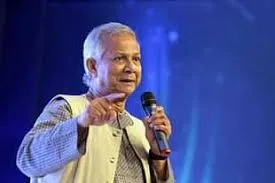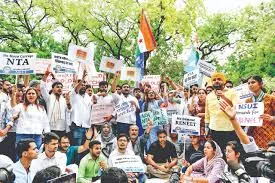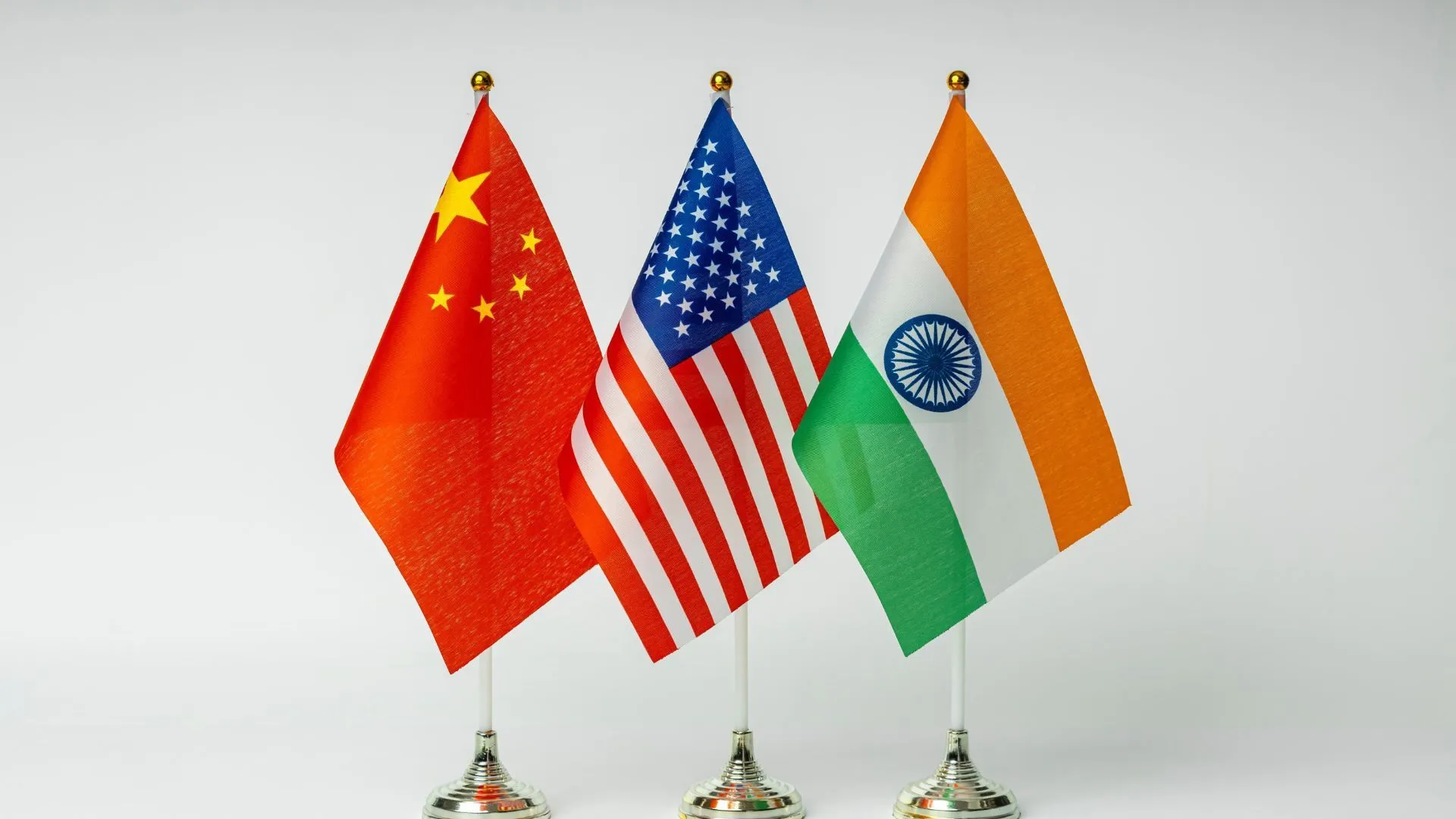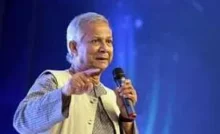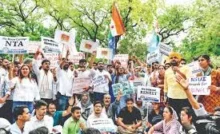Digital transformation is an unstoppable development with far-fetched ramifications across the several domains of technology, policies, economy, and society. India’s innate want to participate in it manifests in the Digital Dream, the intent of which is layered in the National Digital Communication Policy 2018. The dream is to “transform into a digitally connected society that enables seamless access to and use of information resources that help create a competitive, innovative and knowledge-based society”. Despite the veritable intent, there are challenges, the most crucial being defining a path to realize this dream by balancing the realities.
Beyond the requirements of the supporting ecosystem of power adequacy, interrupted internet with adequate speed, and device affordability, there exists the ability and willingness to use and adapt to the technology environment. Proceeding with digital transformation without ensuring the presence of these elements risks a digital divide and marginalization. It risks exclusion of group or groups of people from participating in the social, economic, political or cultural processes essential for social inclusion. This would be in direct contradiction to the spirit of the Indian Digital Dream shared above.
Despite overall improvements, issues about the inadequacy of the supporting ecosystem remain. According to the “Household Social Consumption: Education” survey by NSO (2017-18), only 4% of rural and 23% of urban households possessed computers. Just 24% of the households in the country had internet access, which drops to 15% for rural households. According to the 2019 TRAI report titled “Wireless Data Services in India,” less than 50% of the population has access to wireless data services. The current appreciation of digital literacy as shared under Pradhan Mantri Gramin Digital Shakshrata Mission appears limited to the operation of digital devices and the ability to browse the internet besides undertaking digital payments. However, under evolving realities, there is an urgent need to widen it to include awareness and inculcate an attitude to enhance the ability to understand and use information in multiple formats and from various sources. The requirement goes way beyond just the technical knowledge to operate devices properly. It highlights the need to elevate awareness and cognition that instill the ability and responsibility to interpret media and evaluate and apply new knowledge emanating from digital environments, necessitating the ability to communicate, participate and collaborate.
Limitations in digital literacy, especially in terms of the notion highlighted above, can result in several inconveniences, one of the most prominent ones being increased exposure to cybercrimes. According to the 2021 Internet Crime Report by the Federal Bureau of Investigations, India ranked fourth among top 20 international victim nations after US, UK and Canada, way ahead of the peer group nations like Brazil, China, and Argentina. Prevalence of such instances can inhibit technology adoption in the absence of clearly defined, easily understandable, implementable policies supported by the governance structure in the country.
Besides, policies must be vigilant in balancing the multifaceted relationship between technology and inequality. While it is true that technologies help accelerate economic growth, there is a need to ensure that the benefits get distributed equitably, which need not be an automatic outcome.
Technology adoption while sustaining competitiveness can significantly impact the composition and nature of jobs and relative wages and income. In reality, technology and automation are gradually replacing repetitive manual and routine tasks known as middle-skill jobs, i.e. occupations whose wages place them in the middle of the wage distribution like those for drivers, cashiers, secretaries etc. Simultaneously technology adoption can facilitate a rising share of high-skilled jobs as well. This can exacerbate wage, and income equality, wherein high-skilled workers, witness higher wages and income. In contrast, the low-skilled workers languish, competing with the displaced middle-skilled workers. Different estimates of the share of such jobs at risk due to technology and automation are especially high in developing countries, as shared in UN World Social Report 2020. For India, estimates of shares of jobs at risk of being lost to automation due to technology usage are more than 50 per cent. Hence it is necessary to promote cooperation across and within countries to exploit technology dividends. Internationally, United Nations Technology Mechanism and United Nations technology banks for LDCs are a step in the right direction. Besides any other form of inducements for bilateral and multilateral cooperation mechanisms, must enjoy some policy priority. Within the country, an active framework for reskilling displaced workers and support for transition to new jobs could enhance technology adoption besides those designed toward taming economic rents.
However, the principal amongst them is to develop a policy mindset geared toward promoting inclusive technologies and innovations that can disseminate technology dividends across the broader range of economic agents in society. More so as we step towards being the most populous nation in the world in 2023, according to the UN report on World Population and Prospects 2022. It is strictly up to us how we want to reap demographic dividends by ushering in more inclusive technologies and innovations.
The author is Professor Economics, Environment & Policy Area, IMT Ghaziabad.



